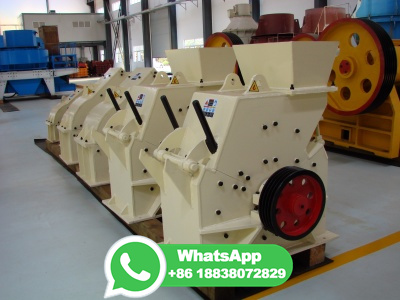
WEBMetallurgical coke sounds like a soda beverage, but it's not. It is a refined carbon product made from a special kind of coal. Using extremely high temperatures, coal can purified into coke which is then used in the iron and steel making processes. One of the most important steps in the cokemaking process is choosing the right coal to use ...
WhatsApp: +86 18203695377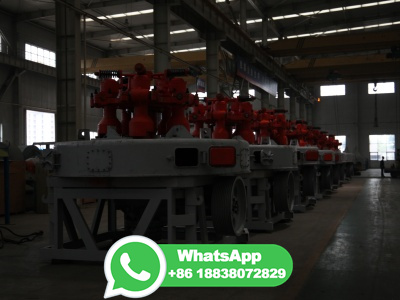
Coal is used in iron and steel industry. Coking coal is an essential input for production of iron and steel. The largest single use of coal in the steel industry is as a fuel for the blast furnace and for the production of metallurgical coke for reduction of iron ore or for injection with the hot blast.
WhatsApp: +86 18203695377
WEBMay 1, 2018 · 1. Coal in the blast furnace. Coal is a critical part of the ironmaking process, as either coke or as an injectant. In the form of coke, it provides physical support for the ferrous materials (burden) in the blast furnace, as well as providing a source of heat and the reducing environment necessary for the production of iron [1], .
WhatsApp: +86 18203695377
WEBMar 20, 2009 · The technology process of coal blending for coke making in oversized furnace was studied. The model for prediction of coke quality based on the BP Neural Network, which had the ability of ...
WhatsApp: +86 18203695377
WEBJan 1, 2019 · Worldwide, the cokemaking process has remained more or less unchanged for over 100 years, and metallurgical coke is produced in recovery and nonrecovery coke ovens by using top gravity and stamp charging and a wide range of coal BFs have been operated with coke, it has been urged globally to reduce the coke cost more .
WhatsApp: +86 18203695377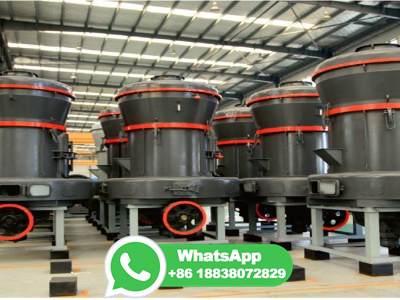
WEBAn overall simulation package which was developed for the coking process in the coke oven battery is described. The package is based on the integration of the coking thermal model developed by Merrick and a new flue combustion model developed by the author. The coking thermal model utilizes the relationship between the thermal characteristics of .
WhatsApp: +86 18203695377
WEBMay 1, 2013 · A novel technique has been developed based on a coefficient, viz. Composite Coking Potential (CCP), for selecting coals for nonrecovery coke making process. CCP value assesses the suitability of a coal/coal blend for producing coke of desired quality, which measured by coke strength after reaction (CSR).
WhatsApp: +86 18203695377
WEBJul 15, 2023 · The steel industry is responsible for approximately 7% of global greenhouse gas emissions, mainly in the form of CO 2 from the blast furnace ironmaking process. Among several strategies proposed to reduce CO 2 emission, the partial replacement of coal with biomass during the cokemaking process has gained increasing interest. .
WhatsApp: +86 18203695377
WEBJan 2, 2024 · Furthermore, recommendations are made to improve the cokemaking process, and process models are focused on improving coke quality. Finally, the future of the cokemaking process to reduce CO 2 emissions to meet global environmental regulations is briefly summarized.
WhatsApp: +86 18203695377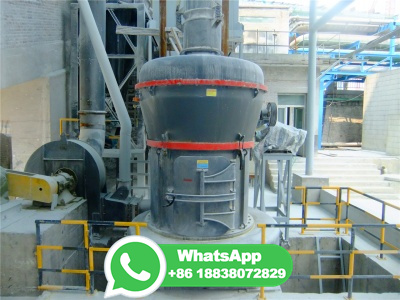
WEBMar 10, 2020 · Coal plasticity is a phenomenon directly affecting the creation of coke structure. It is very much a time and temperaturedependent transformation of the coal matrix, which allows changing the physical phase from solid to liquidlike and again into solid of different properties. The coking process, particularly in a plasticization .
WhatsApp: +86 18203695377
WEBNov 1, 2013 · In the case of machinery ovens, COG is combusted inside a coal carbonization chamber, and the coke oven is heated via heat transfer between the chamber walls. Some of the coking coal may be burned during the cokemaking process because of direct COG combustion in the oven [43]. COG combustion for electricity
WhatsApp: +86 18203695377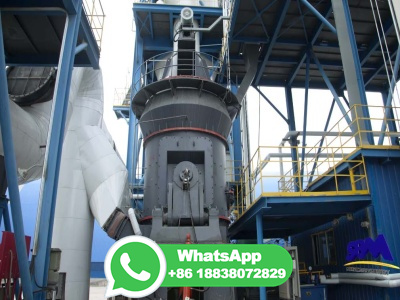
WEBJan 1, 2022 · Fig. 1, Fig. 2 illustrate the schematic of the coking process and the heating process respectively. The properties of 1/3 coking coal used in the experiments are shown in Table, 10 g crushed 1/3 coking coal with a particle size of less than mm is charged into the cylindershaped crucible.
WhatsApp: +86 18203695377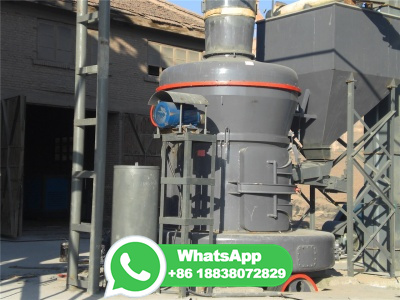
WEBCoke was first produced commercially in England in the early eighteenth century. By the early to mid1800s, coke was being widely produced in Europe and the United States of America as the major fuel for blast furnaces. Coal carbonization is a process that yields metallurgical coke for use in ironmaking blast furnaces and other metalsmelting ...
WhatsApp: +86 18203695377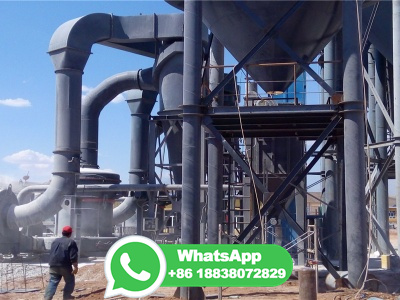
WEBDec 8, 2018 · Coal carbonization is the process by which coal is heated and volatile products (liquid and gaseous) are driven off, leaving a solid residue called coke. Carbonization of coal involves heating coal to high temperatures either in the absence of oxygen (O2) or in control quantity of O2. A gaseous byproduct referred to as coke oven .
WhatsApp: +86 18203695377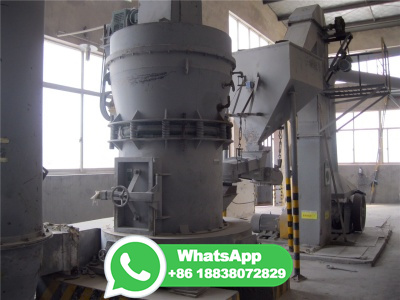
WEBJun 1, 2020 · More commonly adopted carbon feed is coalgasified gas that has R < 2. Man et al. proposed COGtoolefin process with coalgasified gas [20]. Lin investigated polygeneration of methanol and power from COG and coalgasified gas with CO 2 recovery [21]. Similarly, Yi et al. developed and technoeconomically evaluated polygenerative .
WhatsApp: +86 18203695377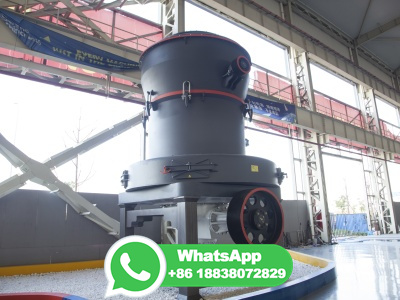
WEBDec 7, 2020 · The result of the coal blend. consideration will be a blending decision. grid with chosen coal quality variables. along with its value ranges to produce. coke of desired quality. After the blend ...
WhatsApp: +86 18203695377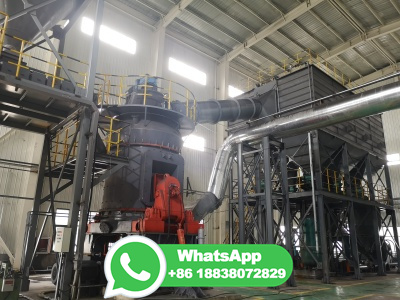
WEBAug 8, 2021 · The anthracite and bituminous coal selected in the experiment were blended. To ensure that the fixed carbon content of the blended coal was above 70%, they were blended according to the following four proportions of anthracite and bituminous coal: 5:5, 6:4, 7:3, and 8:2. The proximate analysis of the blended coal is shown in Table 3.
WhatsApp: +86 18203695377
WEBOct 1, 2021 · According to molecular depolymerization theory, rapid preheating relaxes the macromolecular structure of coal, thereby enhancing its fluidity during thermoplastic stage. After preheating coking coal, the cold and hot strengths of coke are commonly improved. In this review, the shortcomings and future research scope of the rapid preheating are ...
WhatsApp: +86 18203695377
WEBJul 15, 2021 · Reducing cost, maintaining coke strength, and now decarbonisation are all major drivers of coke oven technology developments. Coke costs represent ~15% of total steelmaking costs. However, as the costs of production vary significantly, some steelmakers report coke costs to be over 40%. As a result, the availability, quality, and price of coal ...
WhatsApp: +86 18203695377
WEBApr 30, 2020 · The idea of this paper is to properly utilize Indian lowrank coking coal (semicoking coal) with the blending of highrank imported coals and to reduce the overall cost of coke making. The ...
WhatsApp: +86 18203695377
WEBJul 29, 2019 · The idea of this paper is to properly utilize Indian lowrank coking coal (semicoking coal) with the blending of highrank imported coals and to reduce the overall cost of coke making. The blending of the coals has been done in two phases. Effect of blending mass ratio on the swelling index and plasticity parameters has been studied. The effect .
WhatsApp: +86 18203695377
WEBIncorporating carbon into molten iron, known as carburization, is a critical process in ironmaking. During the refining process, the carbon content of coke is approximately 85 % to 90 %, influenced by the type of coking coal used. Apart from carbon, coke contains about 10 % ash and a minor proportion of volatile substances.
WhatsApp: +86 18203695377
WEBSep 12, 2022 · In this study, we studied the feasibility of preparing highquality needle coke from coal liquefaction pitch. Nine types of blending pitch (coal liquefaction pitch and anthracene oil mixed with different ratios) were used as raw materials to generate needle coke via the cocarbonization method. Optical microscopy, Xray diffraction, Raman .
WhatsApp: +86 18203695377
WEBCoal processing typically involves producing coke, coke gas, and byproduct chemicals from compounds released from the coal during the coke making process. Coke is carbon rich and used as a carbon source and fuel to heat and melt iron ore in iron making. The coke making process starts with a bituminous pulverized coal charge, which is fed into ...
WhatsApp: +86 18203695377
WEBThe industrial coke is made of pulverized coal as raw material, processed by coals blending (or single coal) and then briquetting to briquette, after that through the coking process gets the coke and coketype coal products. The product with carbonization temperature around 600 degrees is coal coke (semicoke type coal), and the product .
WhatsApp: +86 18203695377
WEBThe effects of hot briquetting on the coke strength in the biocoke making process with coal blending method
WhatsApp: +86 18203695377
WEBApr 2, 2010 · Metallurgical coke is produced from lowash, lowsulfur coking coals in the coking process involving devolatilization and carbonization at ~ 1000–1100°C in airless ovens over 18–20 h. Volatile hydrocarbon byproducts are later used to generate energy in separate combustion processes. Due to the limited supply and high costs of highgrade ...
WhatsApp: +86 18203695377
WEBCoal traditionally has been a key part of the cokemaking process. The coal is crushed and ground into a powder and then charged into an oven where it is heated to approximately 1800°F in the absence of oxygen. As the oven is heated, the coal begins to melt so most of the volatile matter such as oil, tar, hydrogen, nitrogen and sulfur are .
WhatsApp: +86 18203695377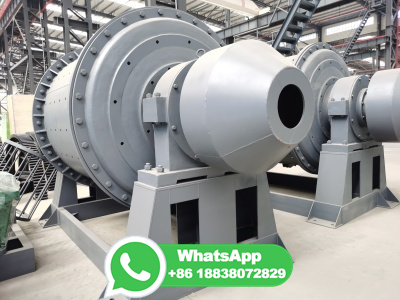
WEBCoking is the heating of coal in the absence of oxygen to a temperature above 600 °C to drive off the volatile components of the raw coal, leaving a hard, strong, porous material of high carbon content called coke. Coke consists almost entirely of carbon. The porosity gives it a high surface area, which makes it burn faster (as does a sheet of ...
WhatsApp: +86 18203695377
WEBJan 20, 2021 · Therefore, the idea that utilization byproducts/waste for AC production came up (Fig. 2), using byproducts and wastes such as coke powder, coal tar pitch, benzene residue, etc. from cokemaking as raw materials for AC production which further treat wastewater and flue gas from cokemaking. The process not only could utilize the .
WhatsApp: +86 18203695377
WEBJul 1, 2010 · The permeability of the plastic coal layer and the coking pressure for the same single coal and the same blended coal were measured and the relationship between them was investigated. Then the 'inert' (pressure modifier) effect of high volatile matter coking coal, semianthracite and coke breeze was studied and the following conclusions ...
WhatsApp: +86 18203695377
WEBAug 1, 2023 · Coke is the pyrolyzed and annealed product of coking coal which plays a vital part in the BF ironmaking process. As a hard and porous material, coke acts as structural support media against the weight of the ferrous burden materials charged to the BF and provides pathways that facilitate gas and liquid transport through the BF.
WhatsApp: +86 18203695377
WEBWork on understanding coal behavior in stamp charge condition, its impact on oven health and proper blending to achieve the best quality yielded immense benefit to blast furnaces. Selflearning through a process of change orientation .
WhatsApp: +86 18203695377